Table of Contents
1. Pre-Reset Considerations
Before you hit the reset, keep these in mind:
- Backup Your Configuration
execute backup config flash <filename>
This ensures you can restore policies, objects, and VPNs later.
- Export Licenses
- VM instances: license is tied to the VM host; nothing extra needed.
- Hardware: licenses (AV, IPS, FortiGuard) are generally preserved in flash, but consult Fortinet support if you’re repurposing high-end appliances.
- Plan for Downtime
The device will reboot—and block traffic—during reset. Schedule maintenance windows accordingly. - Know Your Access Method
- GUI/SSH Available? You can use the CLI or GUI-to-CLI console.
- No Credentials? You’ll need the maintainer account or the physical reset button (if present).
2. CLI-Based Factory Reset
For most FortiGates (including KVM/VM, physical appliances with CLI access), the easiest method is via the CLI console.
- Connect to the CLI
- Via SSH or the console port (115200 bps, 8N1).
- Log in as admin (no password if untouched) or use your credentials.
- Run the Factory Reset Command
execute factoryreset
- You’ll see a prompt: pgsql
This operation will reset the system to factory default!
Do you want to continue? (y/n)- Type y and press Enter. The device immediately wipes its configuration and reboots.
- Variant: Reset & Shutdown
To reset to factory defaults and power off (useful for cloning or imaging): shell复制编辑execute factoryreset-shutdownSame confirmation follows. After reset, the unit halts. - Variant: Partial Reset (Keep Core Settings)
On FortiOS 6.4+ you can preserve system/global settings, interfaces, VDOMs, and static routes: shell复制编辑execute factoryreset2This resets all other configuration while keeping the above.
3. Reset via Web GUI (CLI Console Widget)
If you can still reach the web admin, use the built-in CLI console:
- Log In to the web GUI:
https://<firewall-ip>. - Go to Dashboard → Status, click + Widget, and add CLI Console.
- In the console pane, type:
execute factoryreset
- Confirm and wait for reboot.
Note: The web-based console is simply a terminal to the same CLI commands above.
4. Physical-Button Reset (Low-End Models)
Many FortiGate 30E/40F/60E/100F devices include a small RESET pinhole on the back. Use this when you have no admin credentials or no console access:
- Power Off the unit.
- Insert a paperclip into the RESET pinhole and press and hold.
- Power On the unit while still holding the button.
- Hold for 10–30 seconds, until you see the status LEDs flash amber or red.
- Release—the firewall will boot with factory defaults (admin user, no password).
Tip: On models without a labeled button (200E and above), verify via the datasheet whether a reset switch exists—some high-end appliances omit it.
5. Recovering from Lost Credentials: The Maintainer Account
If you’re locked out of admin but the device is running, Fortinet Tech Support can guide you to the maintainer account. This hidden account lets you recover access for a one-time use:
- Immediately after reboot, connect via console.
- Log in as:
- Once in, you can reset the admin password or execute
factoryreset.
login: maintainer
password: bcpbFG<serial-number>
- The prefix
bcpbFGis fixed. <serial-number>is the full unit serial (no hyphens).
6. Virtual Appliances & KVM
FortiGate VMs (on VMware, Hyper-V, KVM) behave similarly in CLI, but you may wish to preserve your VM license:
- To keep the license:
execute factoryreset keepvmlicense
- To reset & shutdown, keeping license:
execute factoryreset-shutdown keepvmlicense
- Partial reset with license retention:
execute factoryreset2 keepvmlicense
On KVM, you can also re-import your VM image and apply a fresh ISO, but the CLI commands above are faster for pure configuration resets.
7. Post-Reset Steps
- Reconnect to the Default IP
- Default management IP:
192.168.1.99/24on the MGMT or port1 interface. - Admin user:
adminwith no password (blank).
- Default management IP:
- Reapply Your Backup
- Or via GUI: System → Maintenance → Backup & Restore → Restore.
- Re-enroll in FortiManager / EMS if you use centralized management.
- Verify Licenses & Subscriptions
Check System → FortiGuard for subscription status. - Reconfigure Network Interfaces & Routes if you didn’t restore a full backup (especially after
factoryreset2).
8. Best Practices & Troubleshooting
- Always Back Up First
You cannot recover a wiped configuration without a backup. - Log Before You Wipe
Export useful logs for forensic or troubleshooting reference. - Use Partial Reset When Possible
factoryreset2is ideal for wiping policies & objects but preserving network reachability. - Verify Hardware Differences
Low-end vs. high-end appliances differ: check for a physical reset switch before trying the button method. - Plan Your Maintenance
Resetting a production firewall can cause significant downtime; coordinate with stakeholders. - Document the Recovery Process
Keep a runbook with serial-number formulas (bcpbFG…) and post-reset steps for next time.
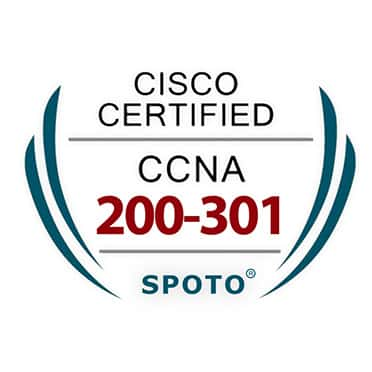
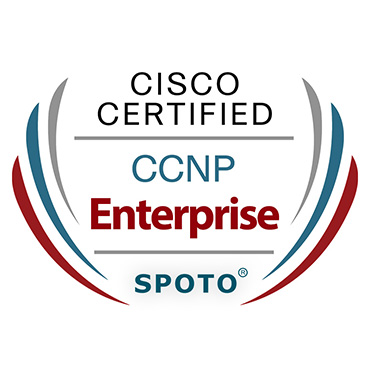
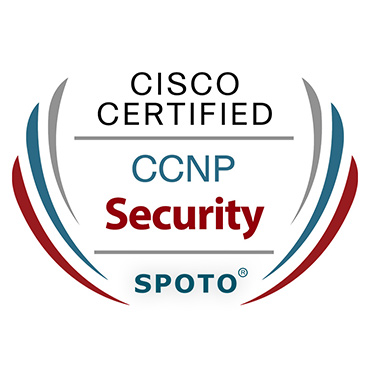

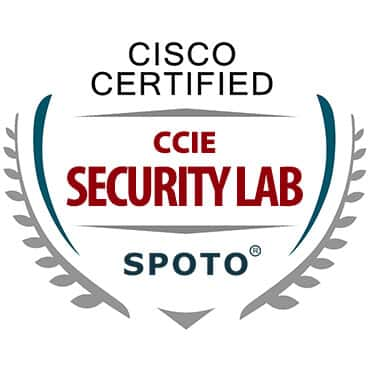
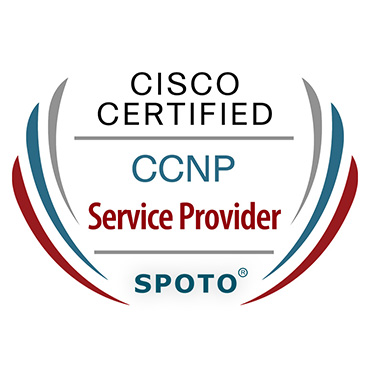
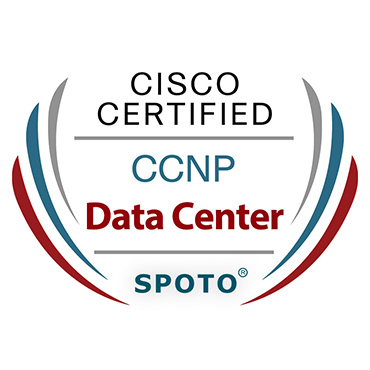
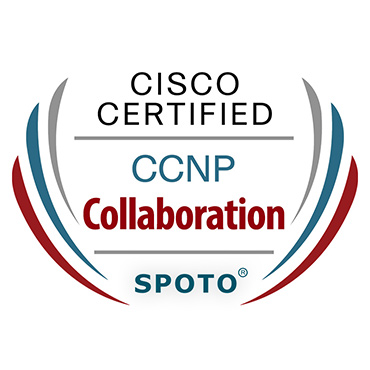



Comments